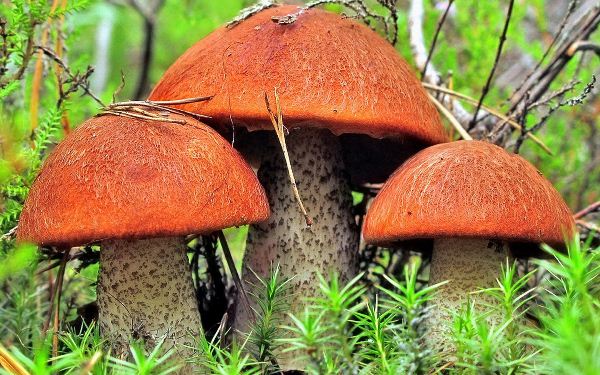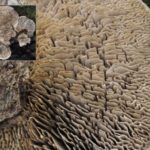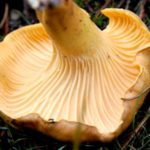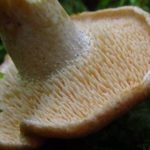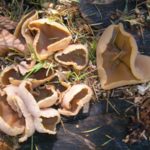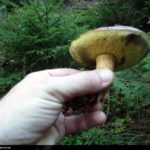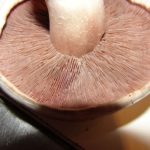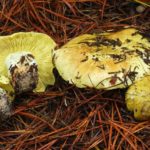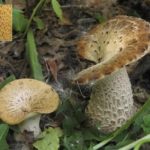Lovers of "quiet hunting" has long been visited by the thought: I wish this beauty - but to my dacha, then you don’t need to go to the forest, bend your back, or trample your feet.And now the age-old dream has come true - now you can grow oyster mushrooms, champignons, and species with intricate underworldly names: Meytaki, Reishi, Shiitake right at home! In this review we will talk about the structure of the cap mushroom.
Table of contents
The structure of cap mushrooms
But before you get involved in the production of delicacies, it is necessary to find out what is required for this forest dweller and what is contraindicated.And therefore the question immediately arises: what is a mushroom and what is its structure?
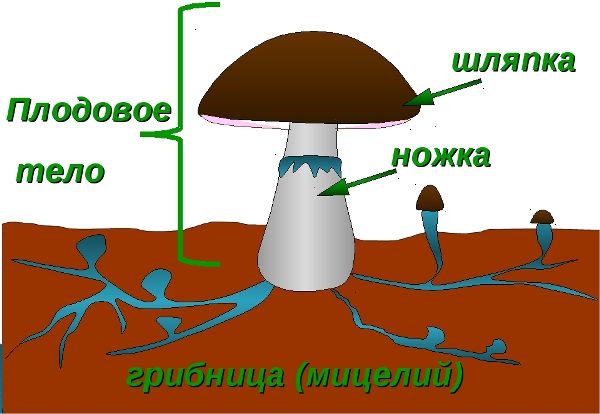
The earlier attribution to lower plants is no longer relevant - these organisms are characterized not only by the way of life of the plants, but also by some features of animals. So, the skin of the cap is similar to the mucous membrane of the stomach: highlighting the digestive enzymes on its surface, upon reaching the necessary state of the food they have digested, it actively absorbs the “nourishing broth” in it.
It is a big mistake to think that mushrooms are what broke through the forest soil and basks in the sun, rapidly getting fat from the summer rains. No, these are just fruit bodies that will rot within a week if they are not eaten by animals or picked up by humans.
This mushroom is practically invulnerable and eternal, because it is protected from adverse conditions with a thick layer of suitable soil for it. “Real” is a mycelium, or mushroom colony, consisting of thin sensitive threads - hyphae, spreading in the soil in all directions.
It is this circumstance that they use in mushroom growing: it is necessary to carefully divide the mycelium into fragments - and it can be transported to at least another state, if only the conditions on the road meet the requirements. And then grow from it the desired types of mushrooms at home.
If you turn the cap
In places assessed by hyphae as the most favorable for growth, “fruiting” begins. Here they form particularly dense structures - fruit bodies, or the mushrooms themselves. Fungal bodies are nothing more than a compact mass of parallel, stacked hyphae fibers, each of which resembles a stranded cable cut.
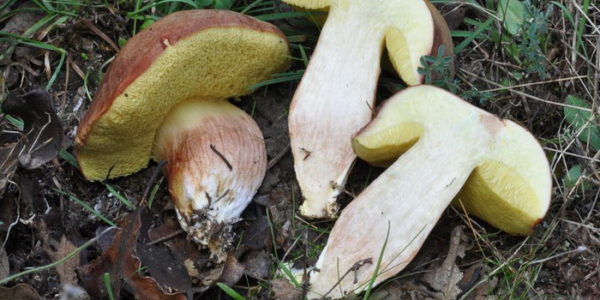
The fruit body consists of legs and caps having a different structure. therefore as it grows, the division of the cells forming its tissue begins:
- fibers with the function of education and maintain shape;
- highly specialized structures.
The first ones are the base fabrics, the “armature” of the legs and the caps of the mushroom construction. In addition to the classic form, there are fruit bodies: coral-shaped, spherical, similar to an ear or saucer and many other, even more bizarre configurations.
From the cells with a narrow specialization, spore-bearing structures are formed - the reproductive organs.
If the upper part of the cap is formed by the same fibrous "meat" as the leg, then its lower part (called hymenophore) has the appearance of either a spongy layer or a circle of radially diverging plates. Less often, the hymenophore has a surface:
- smooth;
- prickly;
- folded;
- labyrinth-like.
- Labyrinth-like Hymenophore
- Folded hymenophore
- Spiny Hymenophore
- Smooth Hymenophore
- Spongy structure
- Plate Hymenophore
On the side surfaces of the tubes or plates of the hymenophore are club-shaped formations - basidia, at the ends of which spores are formed.
In species of a different structure, spores ripen in closed cavities that do not have access to the outside - bags that are either on the outer surface or in the depths of the fruit bodies.
In accordance with this feature, mushrooms are divided into:
- basidiomycetes (tubular, lamellar and with a different structure of the hymenophore) and
- ascomycetes, or marsupials (Greek Askos means "bag").
On closer inspection
Mushrooms can have a unicellular or multicellular structure.
An example of the first option is yeast, consisting of a single cell (even if there are many daughter chambers formed during the budding process, this is one cell). Due to the existence in abundant food environment, many of them do not realize their ability to sexual reproduction, preferring to budding.
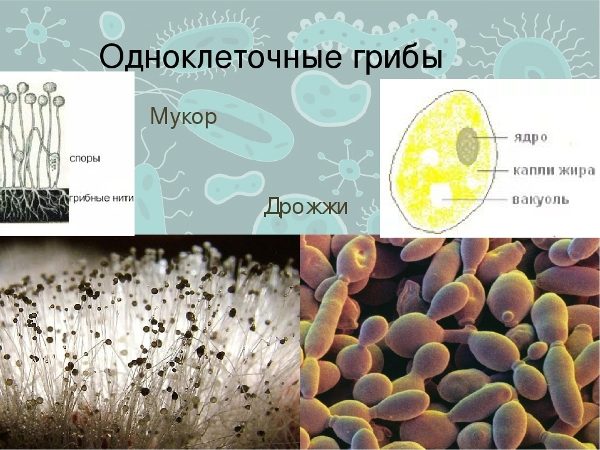
The cap mushroom of a traditional structure, having a large fruit body, is a multicellular organism. He has a hat and a leg. The leg can be connected to the cap:
- centered;
- eccentric (not centered);
- sideways (merging legs with the edge of the cap).
- Centered
- Side joint
This structure is fully justified by the task of each part of the structure.
The leg-support pole lifts the cap as high as possible above the ground level. The longer the leg, the longer there will be no contact of the cap with the ground, which means that it will not rot any longer. In addition, as it is better visible to animals that eat mushrooms: snails and larger, up to elks.
The bright color of the cap and the smell coming from it also stimulates the desire to eat the mushroom. But why do this? For the satiety of the body of the person who has eaten and ... for the distribution of the species to new corners of the forest. Or even for “export” to the neighboring forest.
Hat - the crowning head is not only a decoration of the fungus, but also, if not a reproductive organ, then at least part of the plan to seize new territories,
For it contains controversy.
Breeding features
The spores are clearly visible under the aging specimens in the form of a circle (with a diameter exactly the size of the cap) of powder having a characteristic color for the species. Having matured and having spilled out of the cap, they exactly repeat the drawing of its hymenophore - tubular, lamellar or other (in the tinder - labyrinth-like).
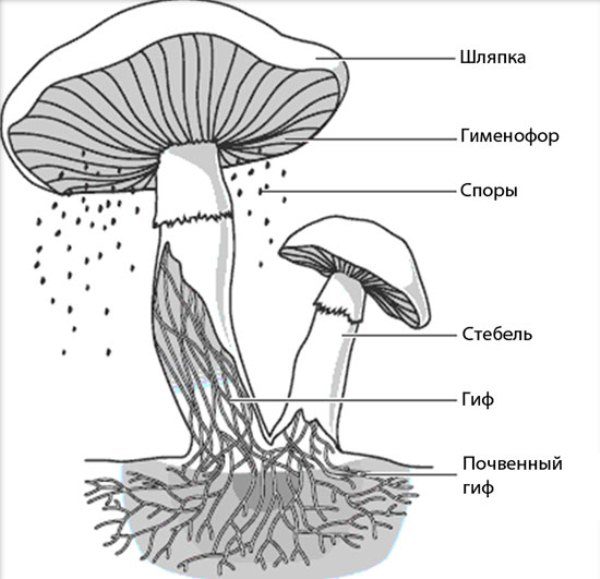
A spore is an analogue of a seed of higher plants, matrix of one cell, containing the entire program of life and development of the organism.Being eaten, it is not digested in the guts of the one who has eaten, but falling on the soil and germinating deep into it, gives rise to a new mycelium.
So for the cunning increases the chance to settle wider, because the disputes, having traveled in the animal's body free of charge, will fall into new places, often many kilometers from the old ones.
From the human intestine, spores are unlikely to fall into the soil (rather, into sewers). But a person throws on a dung heap, either in a compost box, mushroom trimmings, or even whole specimens: wormy, old and overripe. And after a while, with surprise and joy, he finds there sturdy champignons or other species, unassuming to the growing conditions.
Growing mushrooms in the garden is not difficult at all.
Forest beauties, because even light is not particularly needed for life - only heat, moisture and a nutrient substrate. therefore create them conditions for growth almost nothing - you only need to buy mycelium on a plant or woody substrate, or “settle” mushroom caps in a suitable place on the site.
And wood species from the class of tinder laborers are implanted in trimming of suitable dead wood by placing the mycelium on special sticks (sent in sterilepackaging) into the holes drilled in it, followed by their sealing with an inert material.
Oyster mushrooms are successfully cultivated on a plant-straw substrate. but for the sake of such valuable mushrooms as Reishi, it would not be a sin to try transplanting mycelium into a living tree.
